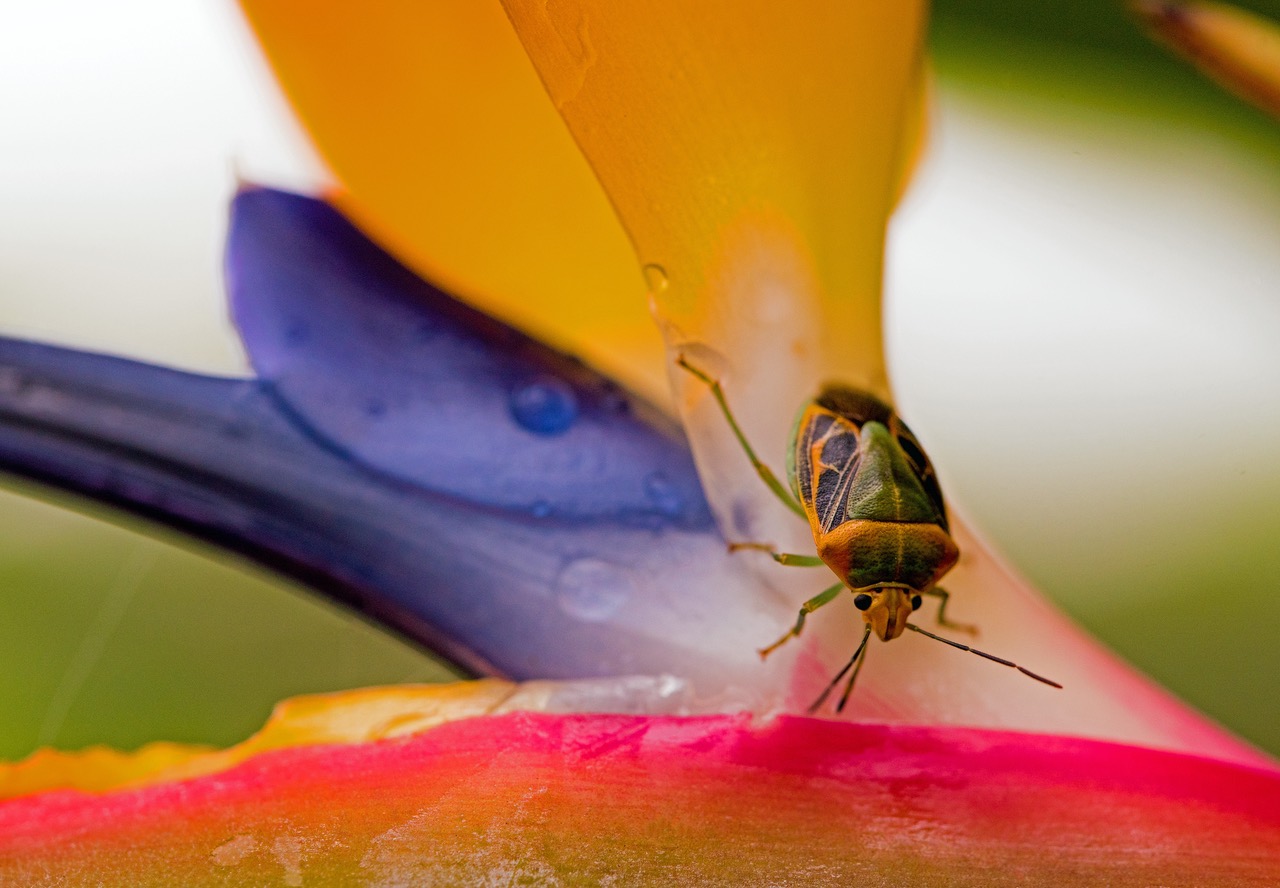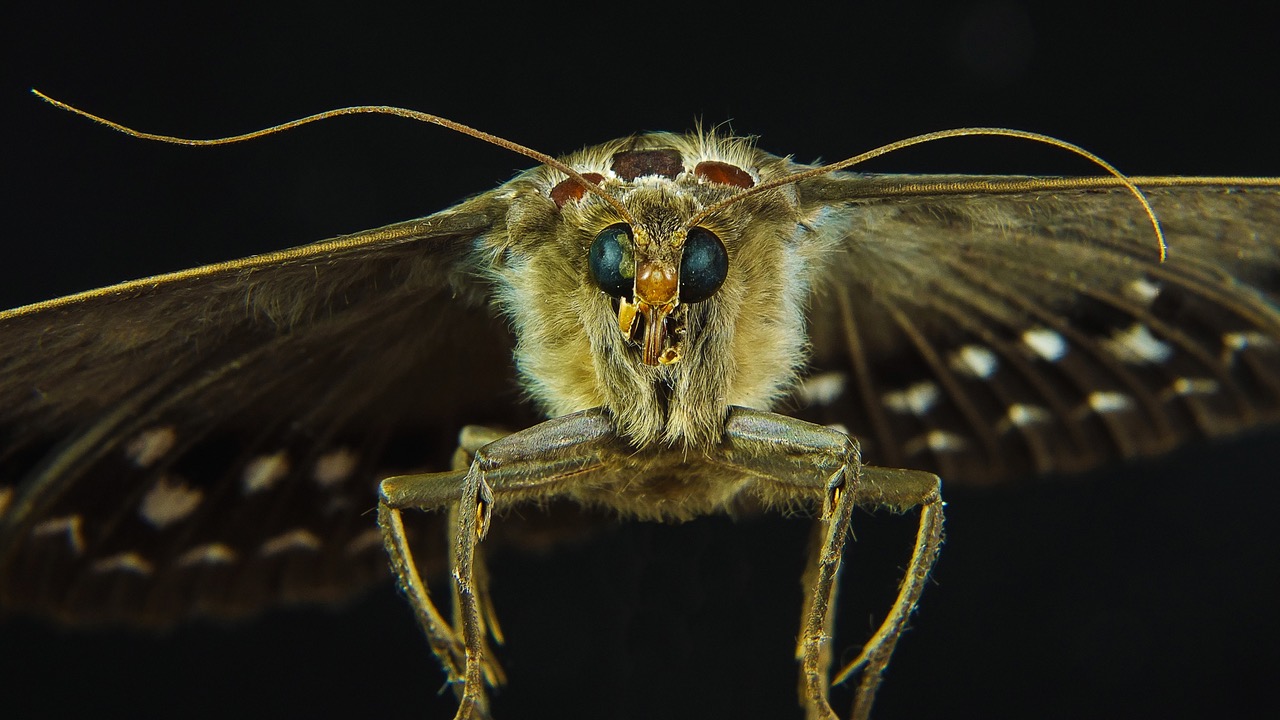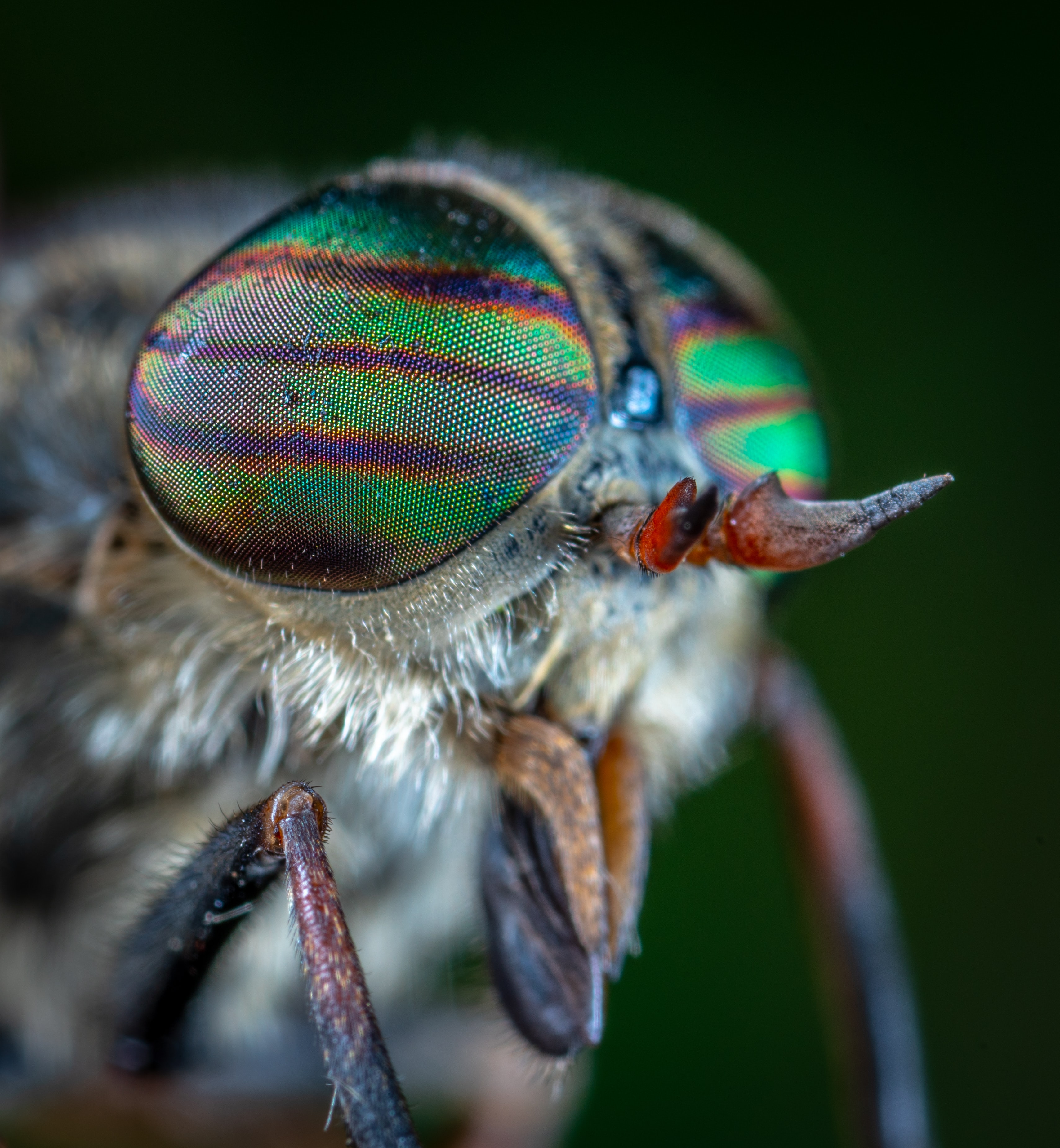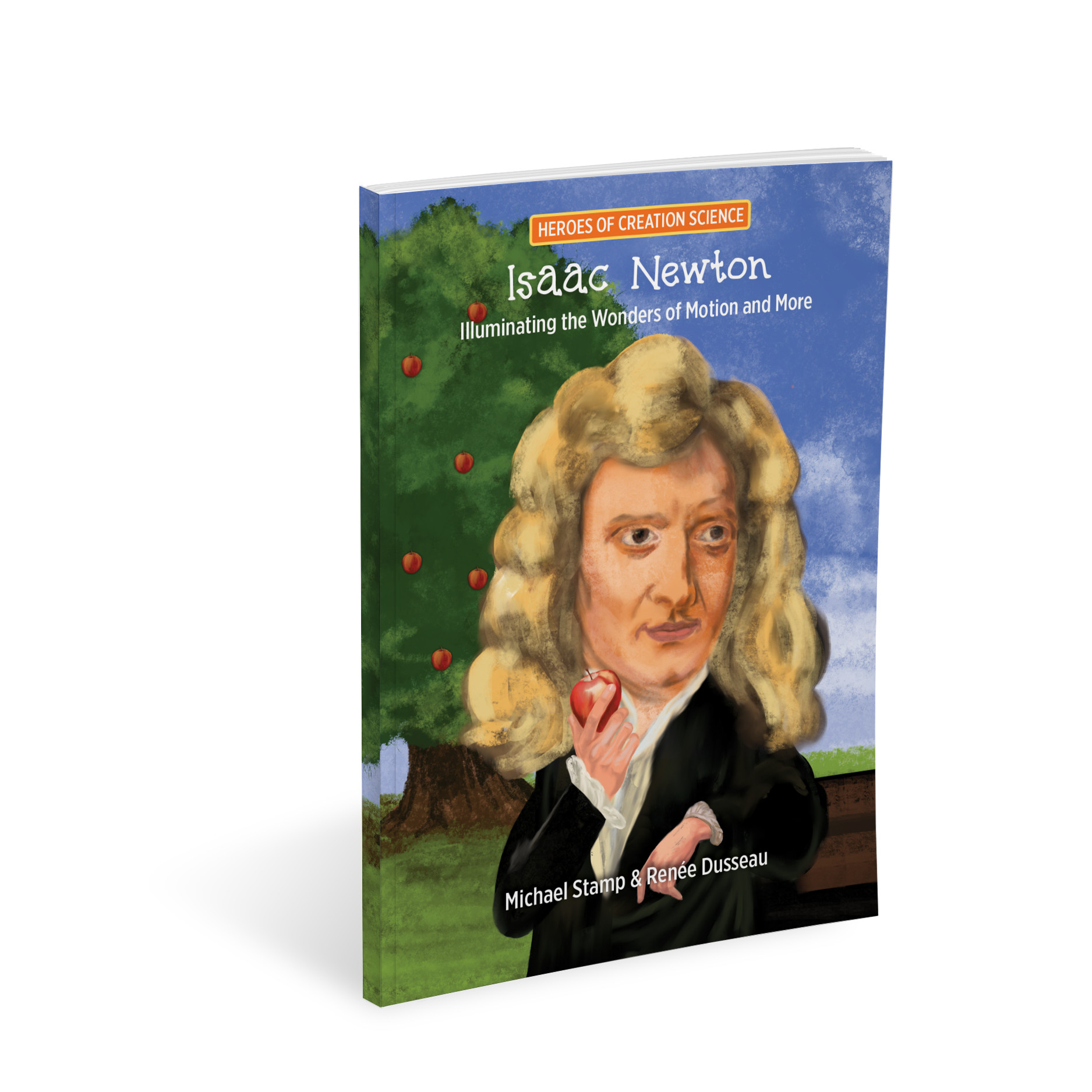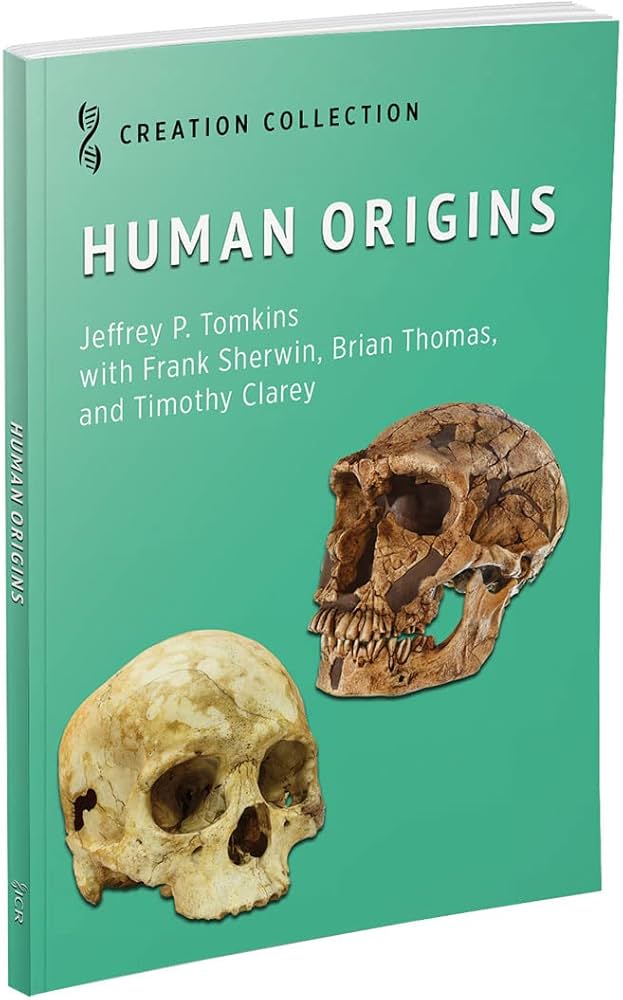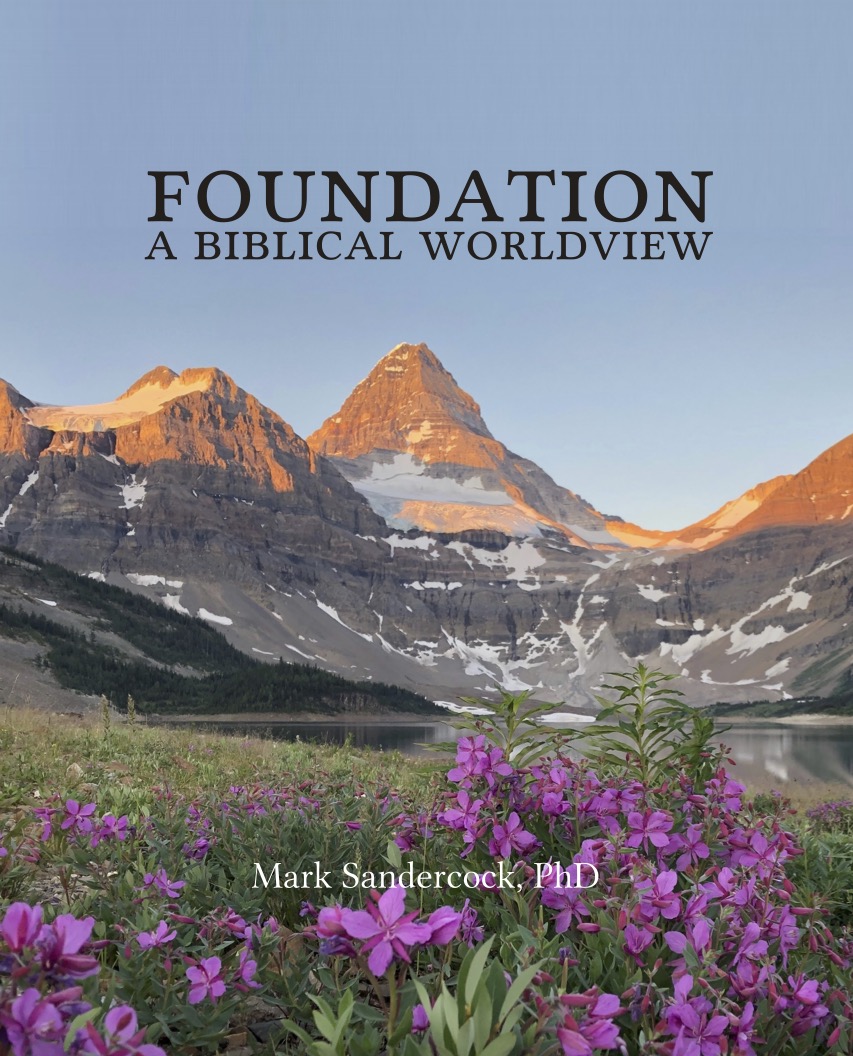Articles » Introductory
Insects! Some people give them a wide berth on principle. Nasty, creepy, crawly flying things! Even the magnificent giant moths elicit only screams from some people. But the insects under discussion are guaranteed to cause no such sensation. Initial disbelief, amazement, titillation and delight are the sensations to be expected from an encounter with these exotic ‘bugs’. Read the rest of this entry »
Insects! Some people give them a wide berth on principle. Nasty, creepy, crawly flying things! Even the magnificent giant moths elicit only screams from some people. But the insects under discussion are guaranteed to cause no such sensation. Initial disbelief, amazement, titillation and delight are the sensations to be expected from an encounter with these exotic “bugs”.
Among the insects, at least 800,000 species have been described. One would expect plenty of variety in life-style and shape within a class this big. Indeed, this is the case. Articles on insects are always well illustrated with exotic beetles, flies and butterflies. Among these, cicadas represent an insect family which is seldom discussed on the prairies for the simple reason they do not live there. But in eastern and central Canada and in the United States (except the northwest quarter of the country) summers in woodlands reverberate with the loud clatter, clatter of male cicadas’ courtship calls.
Read the rest of this entry »As Christians, we understand that people from earliest times have made their living from farming. Cain and Abel, for example, had crops and herds. The patriarchs Abraham, Isaac and Jacob had huge flocks of sheep, goats, cattle, donkeys and camels. Such flocks needed large areas of pasture for grazing. Also in Isaiah 28: 24-25 we read about farmers sowing crops of dill, cumin, barley and wheat. These farmers ploughed and sowed seeds. Nobody suggested that they should leave nature undisturbed. Farmers in New Testament times also ploughed the land and sowed seed. Agriculture has always been regarded as a good thing. At the present time however, agriculture has become somewhat controversial.
Read the rest of this entry »God of Wonders: Exploring The Wonders of Creation, Conscience, and the Glory of God. 85 minutes. Eternal Productions.
One evening, after finishing dish duty and before starting our children’s bedtime routine, my husband and I plunked on the couch to catch the first few minutes of the DVD God of Wonders. Immediately I was awestruck by aerial footage of mountains and waterfalls, flowers blooming before my eyes through the use of time lapse photography and an impressive variety of wonderful and incredible creatures. Read the rest of this entry »
After watching the video Fearfully and Wonderfully Made, I couldn’t help exclaiming to my sister, husband, mother and anyone who would listen: “You have to watch this fascinating video!” Read the rest of this entry »
A lot of books include the term design in their titles. Some however are too technical and others are perhaps too basic for the interested adult reader. A recently published book by Jonathan Sarfati entitled By Design: Evidence for Nature’s Intelligent Designer – the God of the Bible (Creation Book Publishers. 2008) promises to provide a more user friendly introduction to the topic. Read the rest of this entry »
Although they may have been a little slow on their feet, it seems safe to say that horned dinosaurs represent a flamboyant and fun group to discuss. Read the rest of this entry »
Hibernation on Demand? Here is a question that has baffled me for quite some time. How could eight people on the ark look after so many animals? Consider this: Noah and his three sons had to look after all these animals for 53 weeks while living in the ark. Read the rest of this entry »
It was a surprise to read in the September 17 issue of Nature1 that fruit flies have some interesting things to teach us in the field of technological applications of extremely thin protective coatings.
For this story, we focus on their beautiful red eyes. Like all insects, fruit flies have compound eyes consisting of multiple miniature light receptors which focus on one spot at the back of the eye. We immediately notice that these compound eyes tend to bulge outward, or at least they are highly exposed. There are no eyelids to protect them from damage and/or to protect them from glare. It was back in the 1960s and 1970s that biologists began to notice that insect eyes seem to have some protection after all. Depending upon the lifestyle of the insect, their eyes seem to have anti-reflective or anti-adhesive protection. An anti-reflective coating allows more light to be transmitted through a transparent layer than would normally occur. And an anti-adhesion coating repels water from such a surface. Read the rest of this entry »
Hippopotamus, called hippos, are monstrous, mostly herbivorous, semiaquatic mammals native to most of Africa. Only in the Sahara Desert are they not found. Their origins have always been a problem for evolution because they are like no other living animal. Only two extant species exist, the Nile hippo (Hippopotamus amphibius), and the pygmy hippopotamus (Choeropisi liberiensis). During the daytime they are aquatic, floating in the water world, and at the nighttime they are land animals consuming mostly grasses, soft plants, and some succulent fruit. (Macdonald,1987, p. 507) They were named from the Greek words for river horse. Read the rest of this entry »
Several years ago I tried my hand at bird’s nest building. It wasn’t actually my idea to do this. As mother helper of the day, it was my job to assist the kindergarten class in their various projects. One of these was the nest building. We were provided with grass, feathers, wet mud and so one. What we didn’t have was know-how. One person held grass in a rough circle while another tried to daub on wet mud. What a mess we made! One thing we did learn was a profound respect for birds. How do they manage with only beaks, feet and wings? The birds obviously know what they are doing. Who told the birds how, what, where and when to build their nests? This is a very good question. Read the rest of this entry »
Imagine that you love solving practical problems like how to build something with straws which will support some weight. No doubt your design will be better than those of your friends and/or siblings!
Well here is a challenge that is fun to think about but difficult to solve. Imagine that you are presented with 600 feet (19000 cm) of shoelace. You are also presented with some small sheets of plastic, each cut into an appropriate shape so that they form a hollow icosahedral container when assembled together. Your assignment is to get the shoe lace into the container! Read the rest of this entry »
Have you ever discovered that something you thought quite ordinary (or even ugly), was actually a priceless antique? I remember harbouring such sentiments when I was a teenager. Since then, of course, I have learned better how to identify valuable items. Read the rest of this entry »
Dr. John Byl’s keynote lecture at Creation Weekend on the evening of Saturday, October 21, 2017 was entitled “Has Science Killed God? Christianity vs. Naturalism.” Many people in our modern society, Dr. Byl declared, believe that science can explain everything, so that God is not needed. These people accept that physical laws leave no room for God. Well then, said Dr. Byl, let us evaluate this position. He began by informing us that we must distinguish between the actual facts – the observed data – and scientific theories that are constructed to explain facts. Read the rest of this entry »
The theme of Creation Weekend 2017 was “In Science and Faith, Worldview Matters”. Our speakers Carson Lueck and Dr. John Byl addressed this issue. Many people, in previous years, had indicated in questionnaires that they would be interested in presentations on apologetics. So here we were, considering worldviews. Naturally one might ask “What is a worldview? Why does it matter and how does it apply to our lives?” Read the rest of this entry »


